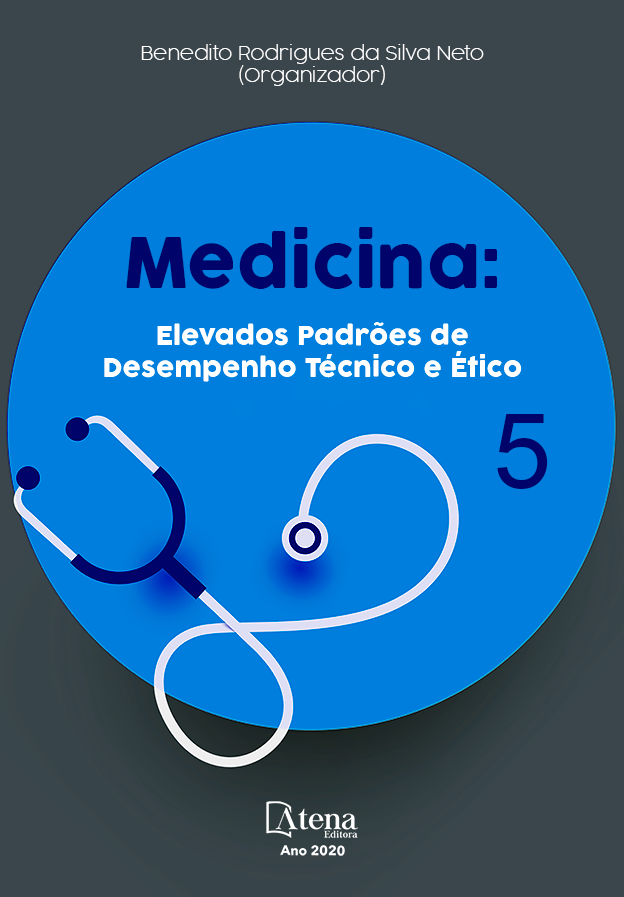
GUARDIÃ DA REPRODUÇÃO HUMANA - P53: UMA REVISÃO
A proteína p53 é um gene supressor de tumor regulador da atividade celular para fornecer longevidade, modula a transcrição de genes que governam as defesas contra crescimento tumoral e relaciona-se com a sobrevivência das células germinativas. Objetivou-se reunir as funções do gene p53 ligadas à reprodução humana. Foram utilizados artigos científicos do PubMed e do Lilacs com as palavras: gestação p53, reprodução humana p53. Idiomas: inglês. Publicação: 2001/2019. Critérios de inclusão: pesquisas relacionadas humanos, p53 como foco do estudo, publicação a partir de 2000. Ao todo, foram selecionados 8 artigos. Os resultados relataram que o gene p53 mostrou níveis altos no citotrofoblasto quando comparado ao sinciciotrofoblasto, na indução da apoptose em tecidos placentários com patologias e no controle da proliferação excessiva do trofoblasto. A proteína p53 relaciona-se com a eficiência da implantação do embrião humano; além disso, os alelos do gene p53 podem ser pleitrópicos e agir tanto na proteção da reprodução quanto, do câncer. O p53 também apresenta papel relevante no aumento da taxa de gestações gemelares em comunidades. Já no desenvolvimento embrionário, notou-se que o bom funcionamento do gene está ligado ao desenvolvimento adequado dos néfrons. A partir disso, concluí-se que a p53 tem diversas ações no corpo humano desde o período embrionário, podendo, inclusive, ser alvo de futuras terapias gênicas. Acredita-se que as pesquisas devam ser expandidas a fim de obter resultados que possam auxiliar na prevenção, reprodução e controle patológico.
GUARDIÃ DA REPRODUÇÃO HUMANA - P53: UMA REVISÃO
-
DOI: 10.22533/at.ed.68620111110
-
Palavras-chave: P53. Reprodução. Gestação.
-
Keywords: P53. Reproduction. Gestation.
-
Abstract:
The p53 protein is a tumor suppressor gene that regulates cell activity to provide longevity, modulates the transcription of genes that govern defenses against tumor growth and is related to the survival of germ cells. The objective was to gather the functions of the p53 gene linked to human reproduction. Scientific articles from PubMed and Lilacs were used with the words: p53 gestation, p53 human reproduction. Languages: English. Publication: 2001/2019. Inclusion criteria: human related research, p53 as the focus of the study, publication from 2000 onwards. In total, 8 articles were selected. The results reported that the p53 gene showed high levels in the cytotrophoblast when compared to the syncytiotrophoblast, in the induction of apoptosis in placental tissues with pathologies and in the control of excessive proliferation of the trophoblast. The p53 protein is related to the efficiency of the human embryo implantation; in addition, the alleles of the p53 gene can be pleitropic and act both in protecting reproduction and in cancer. P53 also plays an important role in increasing the rate of twin pregnancies in communities. In embryonic development, it was noted that the proper functioning of the gene is linked to the proper development of nephrons. From this, it is concluded that p53 has several actions in the human body since the embryonic period, and may even be the target of future gene therapies. It is believed that research should be expanded in order to obtain results that can assist in prevention, reproduction and pathological control.
-
Número de páginas: 8
- Lilian Farina Dresch
- Andréa Cristina Thibes Santos
- Camila de Lima da Rosa
- Marcelina Mezzomo Debiasi
- Luana Regina Canei


